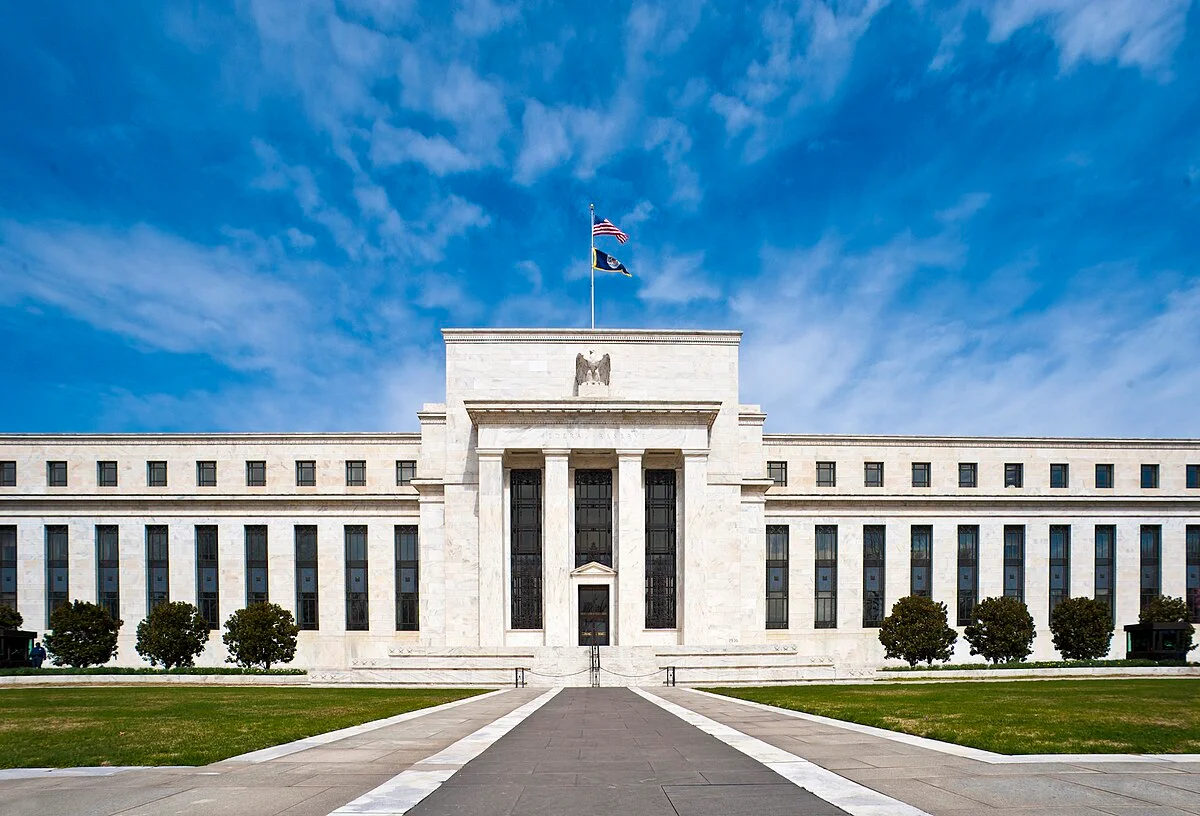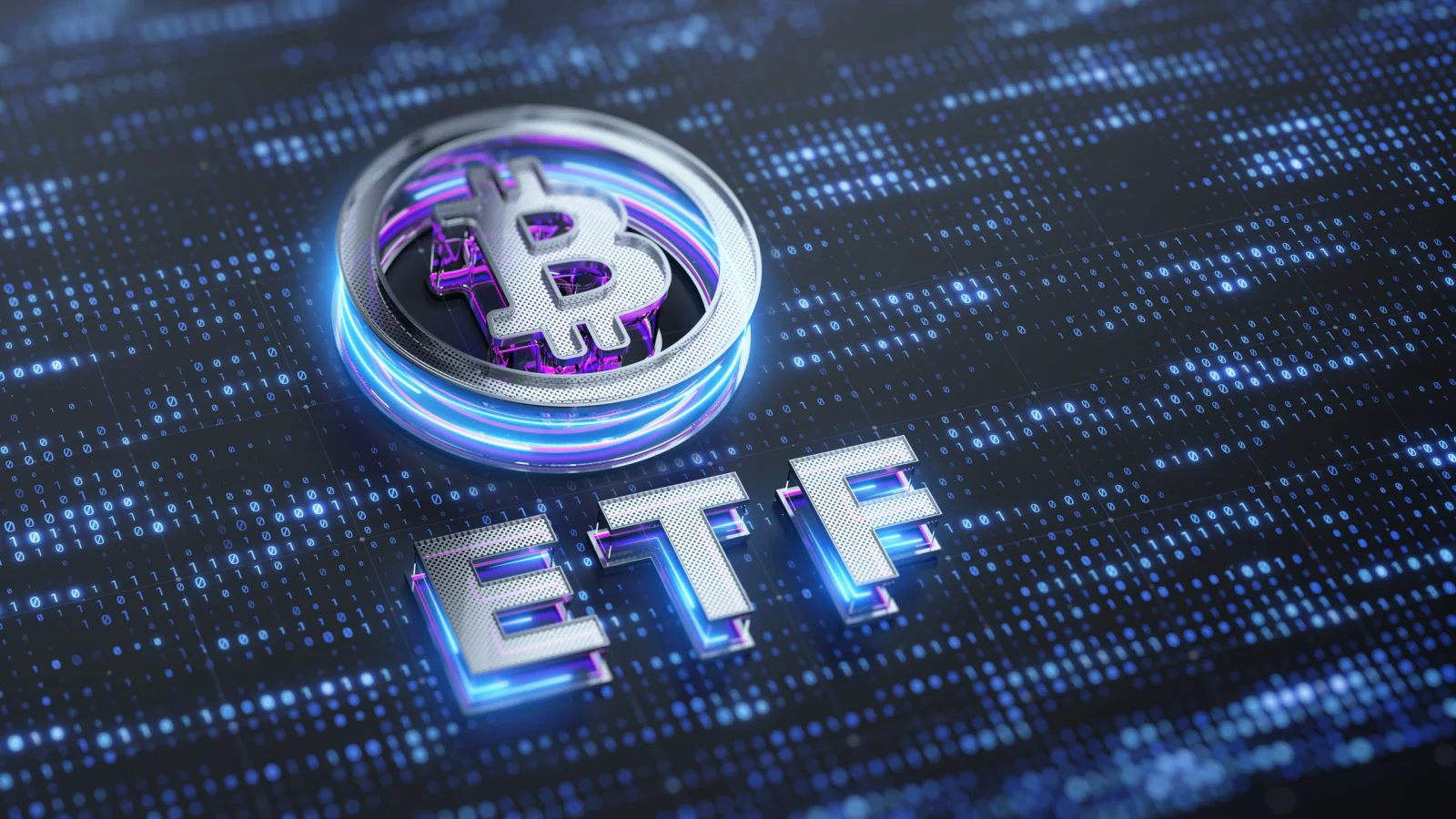The U.S. Securities and Exchange Commission (SEC) has published new staff guidance regarding accounting rules for stablecoins. According to Bloomberg, this guidance suggests that stablecoins, specifically pegged to the US dollar, can be classified as "cash equivalents" under certain circumstances. This signals a critical development for both institutional investors and companies concerned about regulatory uncertainty in the cryptocurrency sector.
What does the definition of "Cash Equivalent" mean?
The new SEC guidance states that stablecoins, which are pegged 1:1 and have a secured repayment mechanism, can be considered cash or cash-like assets in traditional accounting systems. This provides direct legal clarity, particularly for reserve-backed stablecoins like USD Coin (USDC). These assets, previously subject to debate regarding their status as securities, are now classified as "not intended for investment" and "not intended for speculation." The SEC's statement states the following:
“Generally, four main criteria are required for a stablecoin to be considered a security: (1) the sale proceeds are directed to a reserve fund and are not intended for investment purposes; (2) the distribution method does not encourage speculative trading; (3) a reasonable purchaser would not view the stablecoin as an investment vehicle; and (4) the reserve fund is sufficient to cover redemption upon request.”
Project Crypto and a New Era in Regulation
This guidance, enacted under the leadership of SEC Chairman Paul Atkins, is part of the recently announced “Project Crypto” initiative. This project represents a modernization process aimed at migrating America’s financial markets to blockchain. Atkins argues that the SEC should adopt a more flexible and innovative approach to crypto assets. In this context, this new approach to not treating stablecoins as securities has been welcomed across the industry.
USDC and Market Implications
The new regulation most significantly impacts stablecoins like USDC, known for their transparency and regulatory compliance. USDC, issued by Circle, currently has a market capitalization of approximately $64.3 billion. Its 24-hour trading volume is $11.98 billion. The price change over the past seven days, with a 0.03% decrease, signals stability, while a 0.01% increase was observed over the 24-hour period.
This stable outlook suggests that stablecoins may have the potential for greater institutional adoption following the SEC's guidance. The new classification could make it easier for banks and publicly traded companies, in particular, to incorporate stablecoins into their balance sheets. It could also pave the way for companies that have been hesitant to enter the stablecoin market due to their securities status.
Although official statements from Circle and similar major companies have not yet been released, market participants view this move by the SEC as a positive signal. The SEC's latest move could mark a significant turning point in the cryptocurrency market's integration with the traditional financial system. The US regulatory framework, previously criticized as strict and vague, appears to be softening with this latest development. If this approach continues, it may not be surprising if the US assumes leadership in the global stablecoin market.




